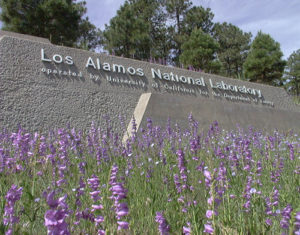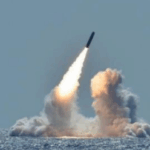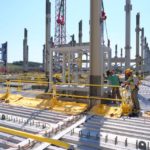
Paul Kreitz, who for the last two years helped manage planning and construction of new infrastructure to cast fresh nuclear-weapon cores at the Los Alamos National Laboratory, is leaving lab manager Triad National Security in late April, a lab official said this week. Kreitz was not one of Triad National Security’s key personnel. Before Los Alamos, he worked at a number of Department of Energy nuclear-weapon sites, including the long-shuttered Rocky Flats plant outside of Denver — the Cold War…

 By
By 











